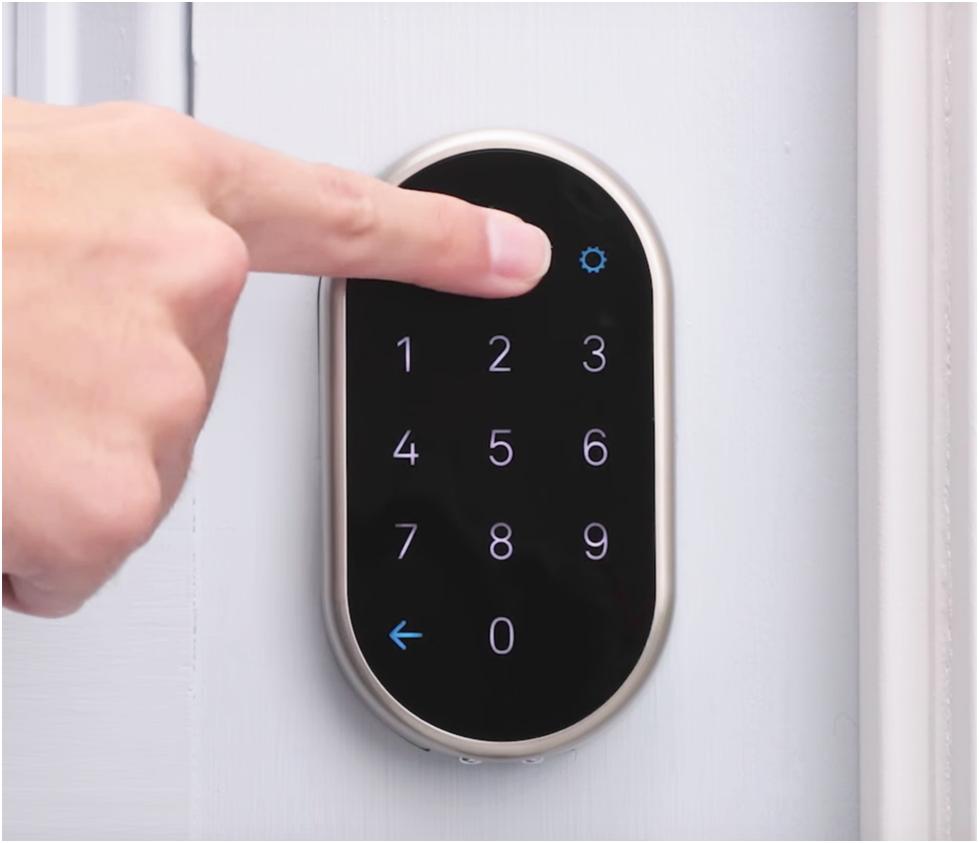If you are reading this, you probably have issues with your Yale Nest lock not connecting to your hub, which is a frustrating but common issue. Read our guide to see the possible steps to take when this happens.
When you spend money on a lock, you want it to work for you as efficiently and seamlessly as possible. However, there are times that fails to happen, and it becomes frustrating trying to solve the problem. We have gone through it with the Yale Nest Lock, although we soon discovered it is a prominent issue, with many threads dedicated to helping people solve it. When it happens to you, what can you do? Here are a few suggestions to ease your frustration.
Common issues regarding setup process
Regarding the issue of troubleshooting, chances are high you will encounter problems during the setup process – although it is something the manufacturer is working on improving. These messages might include error numbers like T030 or T026, failing to connect to the lock when trying to setup the system, something going wrong, or failing to find the product.
Options to explore
Connectivity problems
Many people who have tried installing the lock or configure it seem to have this issue as a recurring theme. In particular, it happens very many times when you try to setup the system through Bluetooth instead of Wi-Fi networks (since they have more stability).
The first thing to do in a situation like this is checking whether Wi-Fi is working in your home. In case there is a problem, your internet service provider can resolve the issue.
In case you have more than one Wi-Fi network in your home, then you need to confirm that the Guard and your phone are connected to the same network. If not, this will bring up compatibility issues. If there is a Wi-Fi extender or router, on the other hand, you can connect your Guard and phone to the extender for easier configuration.
While the lock system is configuring itself, you need to ensure the keypad is illuminated throughout the process. If not, then wake the lock.
The lock system connection
Note that the lock system itself does not connect to a Wi-Fi network directly. It will instead use a ‘thread’ (wireless connection). Through this thread, the internet access will get to the lock through the Guard (if you have an alarm system present) or Connect (this comes with some versions of the lock).

Restarting the lock
If all else fails, then restarting the lock is the next best thing, as it reboots the system and you can try setting it up again. There are also plenty of guides to help with the restarting process, as it differs depending on whether you are using Guard or Connect.
You can also try restarting your phone and seeing whether it will work, or just for the purpose of refreshing all the wireless connections. Once you have done this, add the Nest x Yale lock again to the app, and start re-connecting it.
Support from Google assistant
This is a fairly recent addition to the support capacity when you run into issues, and it is extremely welcome given how challenging it becomes to reset locks when you have no idea how. It also allows the lock to not just be a normal lock, but a smart one in its functionality – since it integrates with the ecosystems of the other smart home items in your house.
You can toggle the lock by giving it verbal instructions to unlock or lock the door, and if you are not sure of its status, you can ask the assistant whether the door is locked. In case you have multiple locks in your home, just like me, you can label them to make your management easier.
In addition, the use of Google Assistant also incorporates the use of Google Routines, in which it links one keyword to a variety of commands. If you have seen sci-fi movies where a character unlocks all the locks in their house and turns on the lights by giving a simple voice command, this works in the same way.
Updating software
It might not seem like much, but using previous versions of software can hamper your progress towards using the lock effectively and securing your home. It is therefore important to keep track of any updates – and you can even set it up on your phone as a reminder.
Conclusion
While the initial steps of installing the Nest x Yale lock is easy, configuration may be a challenge. Fortunately, there are plenty of guides on the internet that can assist in overcoming the problem as quickly as possible.
FAQs
What does ‘privacy mode’ mean on my Nest Yale lock?
This feature allows you to restrict the people who can enter your home at specific times. When this is enabled, the keypad on the lock is disabled so that a person cannot enter a passcode on it. You can control it through the lock itself, or on the Nest app.
Do I require Nest Connect for a Yale lock?
Yes, since the Nest app cannot function effectively on its own. For it to be effective, you need to connect the app and lock together, then the app guides you through the installation steps.
Can the smart lock be hacked?
If you are not careful, then yes. It is important to keep in mind that smart locks do have vulnerabilities, even though they upgrade your security significantly.
Do Yale locks work with Alexa?
Yes and no. For you to get the full benefits of the service, you need a third party option, preferably Samsung SmartThings. It also helps if you use Z-Wave and ZigBee wireless networks.
Does the Nest work with all Yale locks?
Yes, as both have similar approaches to home security.

